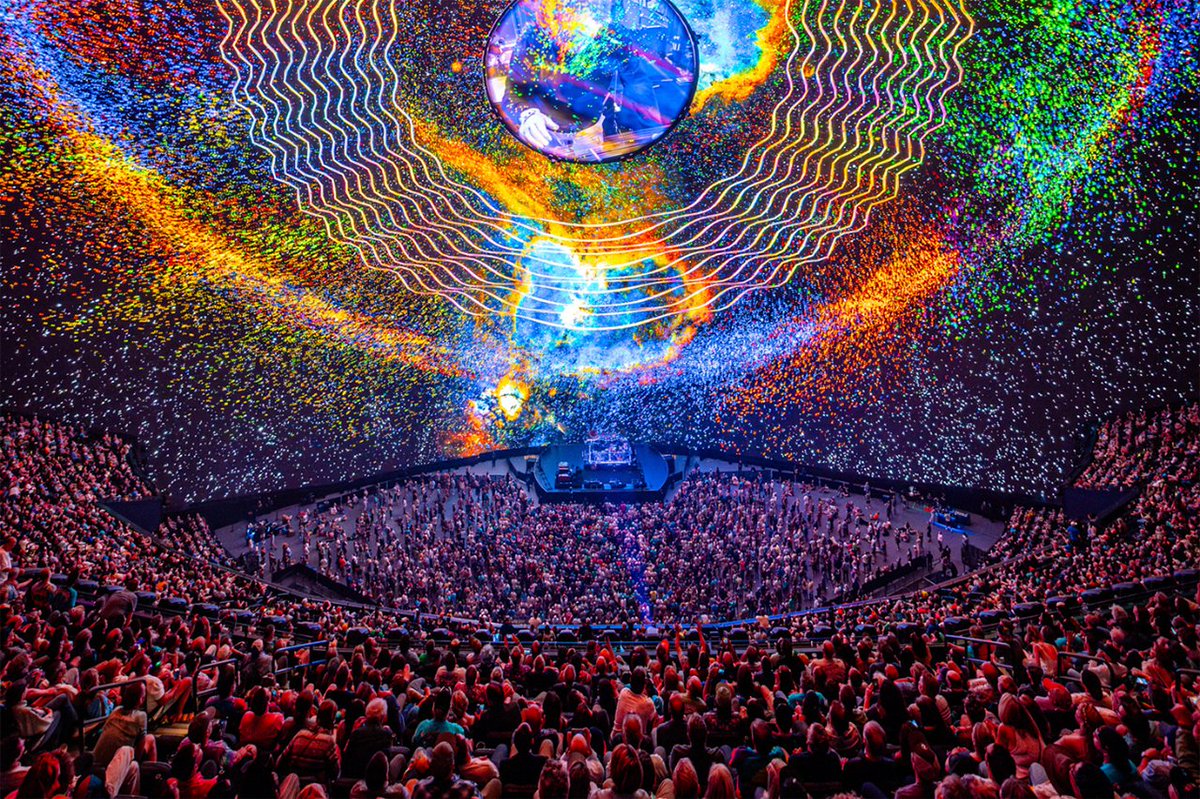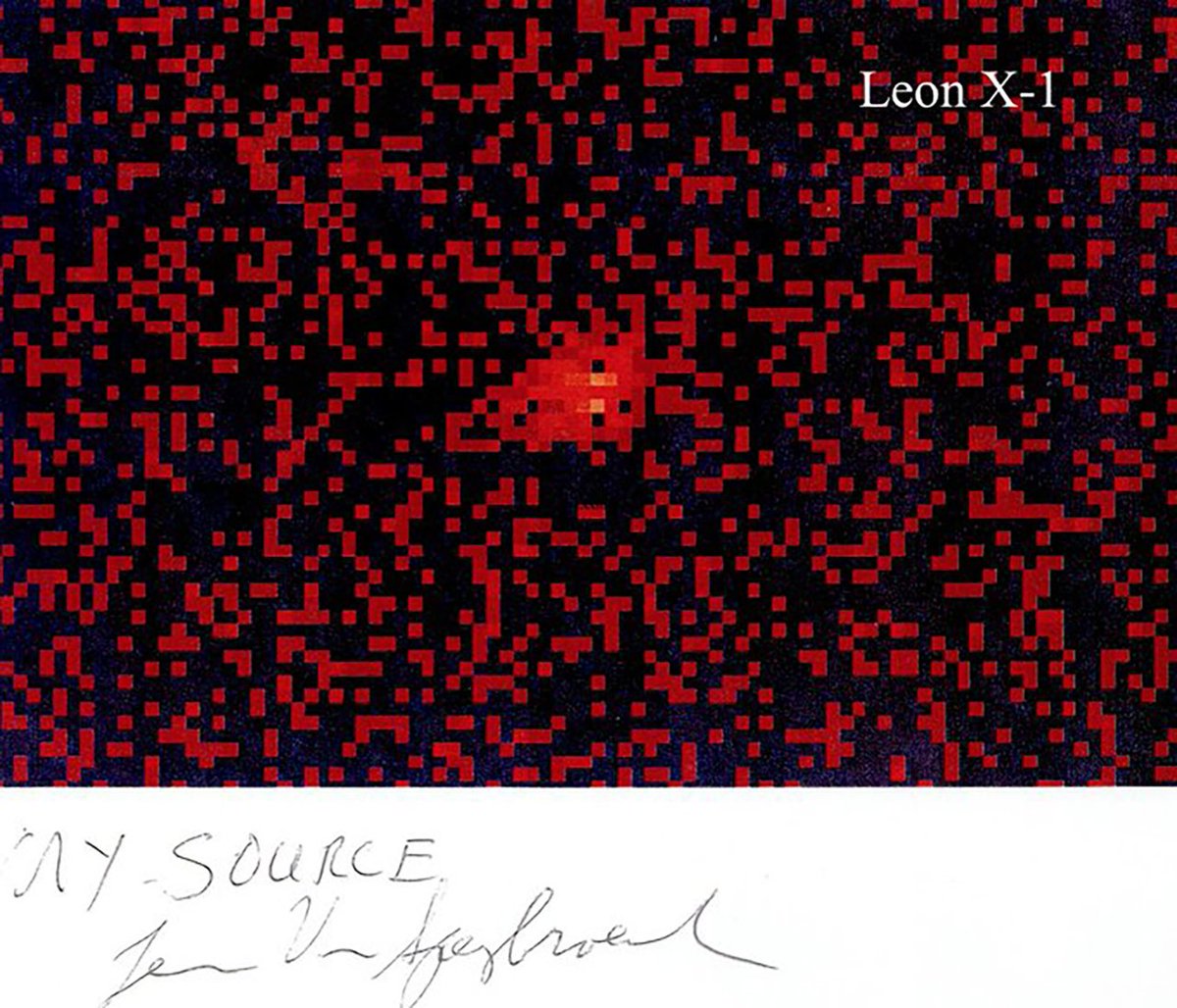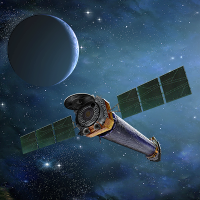
Chandra Observatory
@chandraxray
Official Twitter account of NASA’s Chandra X-ray Observatory. Operated for NASA by Smithsonian (SAO). Verification: nasa.gov/socialmedia Legal: s.si.edu/legal
ID: 12415722
http://chandra.si.edu 18-01-2008 21:35:19
77,77K Tweet
415,415K Followers
203 Following

For 25 years, Chandra Observatory has given us the x-ray vision to see galaxies and star clusters form, peer into black holes, and study worlds beyond our solar system. Celebrating the anniversary of its launch, check out 25 all-new views from Chandra: go.nasa.gov/46e7CWx

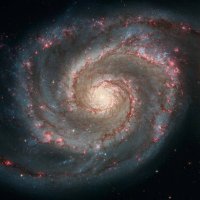

While athletes worldwide compete in the #Paris2024 #Olympics to earn medals for being the best of the best, we are celebrating our own medal. Chandra Observatory has earned the silver for 25 years of exploring our NASA Universe! 🥈 Learn more about Chandra: go.nasa.gov/4d9QS56


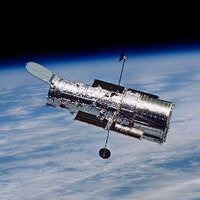
Telescope teamwork ✅ Hubble and NASA Webb Telescope captured the galaxies in this image, while @ChandraXRay detected the superheated gas that these galaxies are immersed in, seen in purple. Called MACS J0416, this cluster of galaxies is held together by gravity: go.nasa.gov/4dmwspq


Nicknamed the "Cosmic Cliffs," this region of space is located about 7,600 light-years from Earth in the Carina Nebula. This image combines X-ray light from Chandra with infrared light from NASA Webb Telescope, showing us a blazing landscape of star formation roughly 52 light-years across.


Roughly 1.7 light-years across, planetary nebula Hb 5 is located about 5,500 light-years from Earth. This multiwavelength image shows X-rays from Chandra in blue and white, optical light from Hubble in red, purple, and blue, and radio light from ALMA Observatory📡 in yellow and white.


🤺 🏇 🏄 🏋️ 🚴 🤸 🤽 We are in awe at what these #Olympic athletes can do, and we are also in awe of what the NASA Universe has to offer. See what Olympians and objects in space have in common by checking out Chandra Observatory's AstrOlympics project >> chandra.si.edu/olympics/summe…





Rho Ophiuchi is a region filled with nebulas, gas, and stars of many sizes & ages. One of the closest star-forming regions to Earth — roughly 390 light-years away — it's a great place to study young stars. This image from Chandra and NASA Webb Telescope is about 0.7 light-years across.



A symphony of space! 🎵 This sonification of the galaxy NGC 6872 translates data from Chandra Observatory and Hubble into music. Volume is mapped to brightness, and the pitch is related to the distance from the center; the farther away, the higher the pitch: go.nasa.gov/3XbBU8a

This year, dedicated teams of engineers, designers, test technicians, and analysts at #NASAMarshall are celebrating 25 years of the Chandra Observatory and the incredible data it has provided us. Check out some of its most memorable moments >> nasa.tumblr.com/post/760791875… #Chandra25



